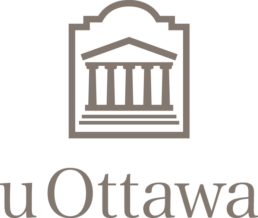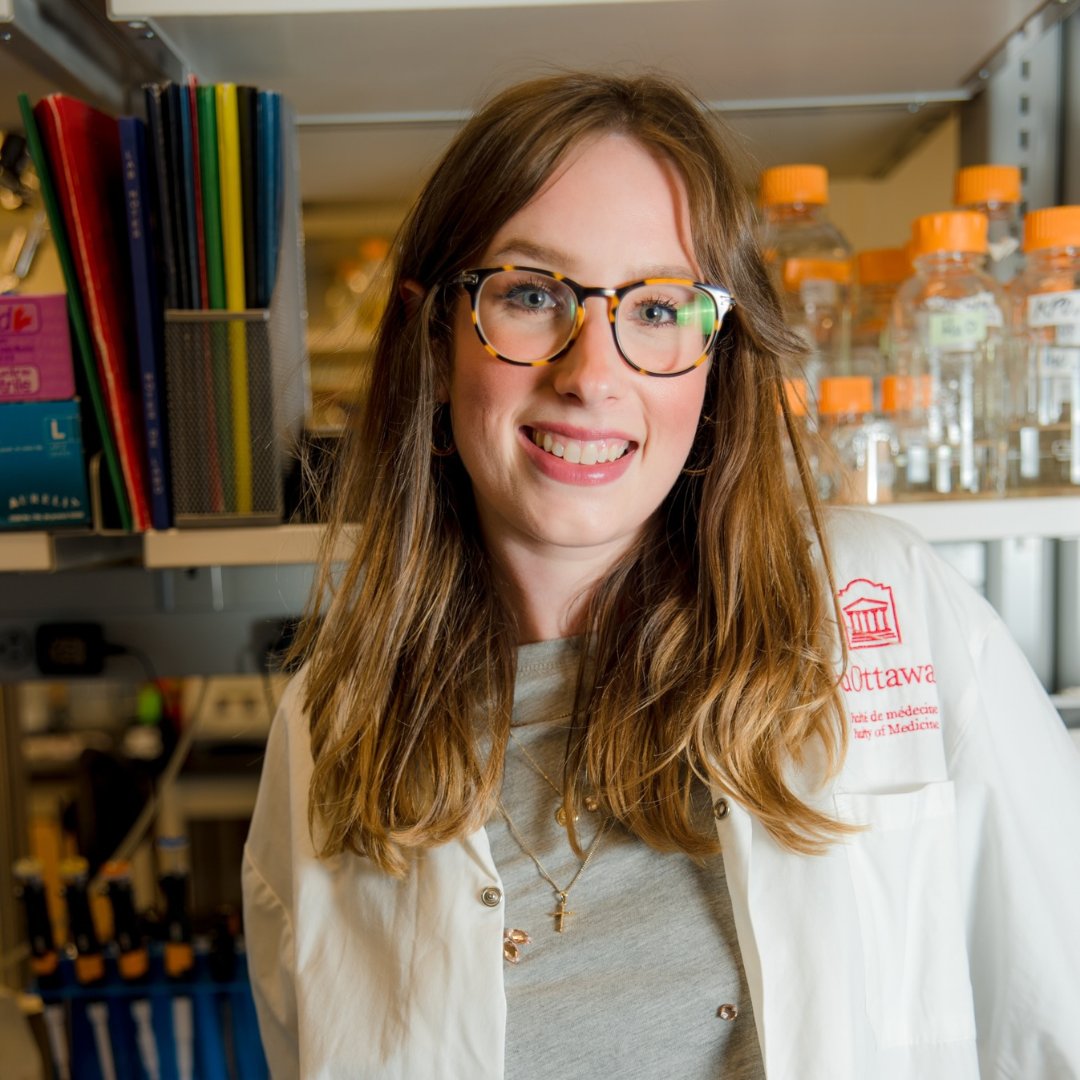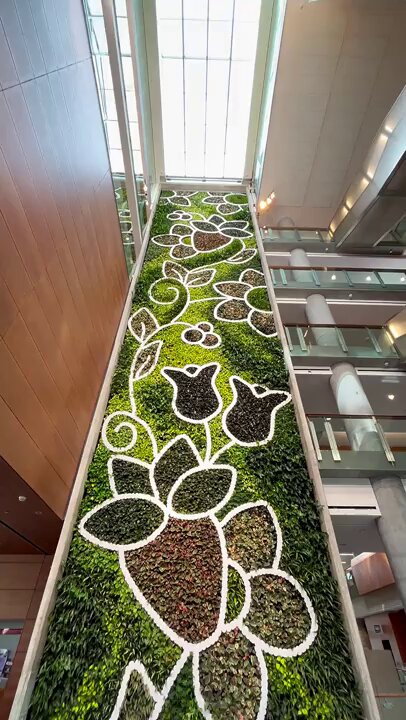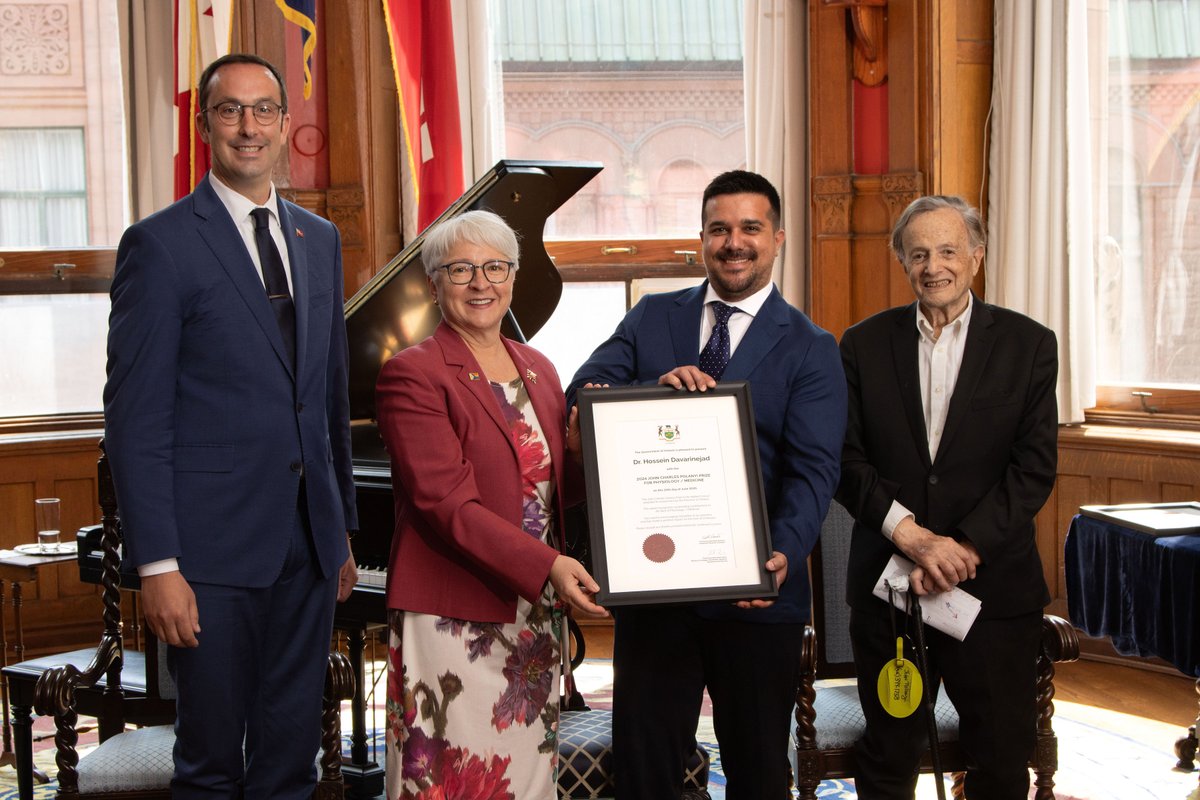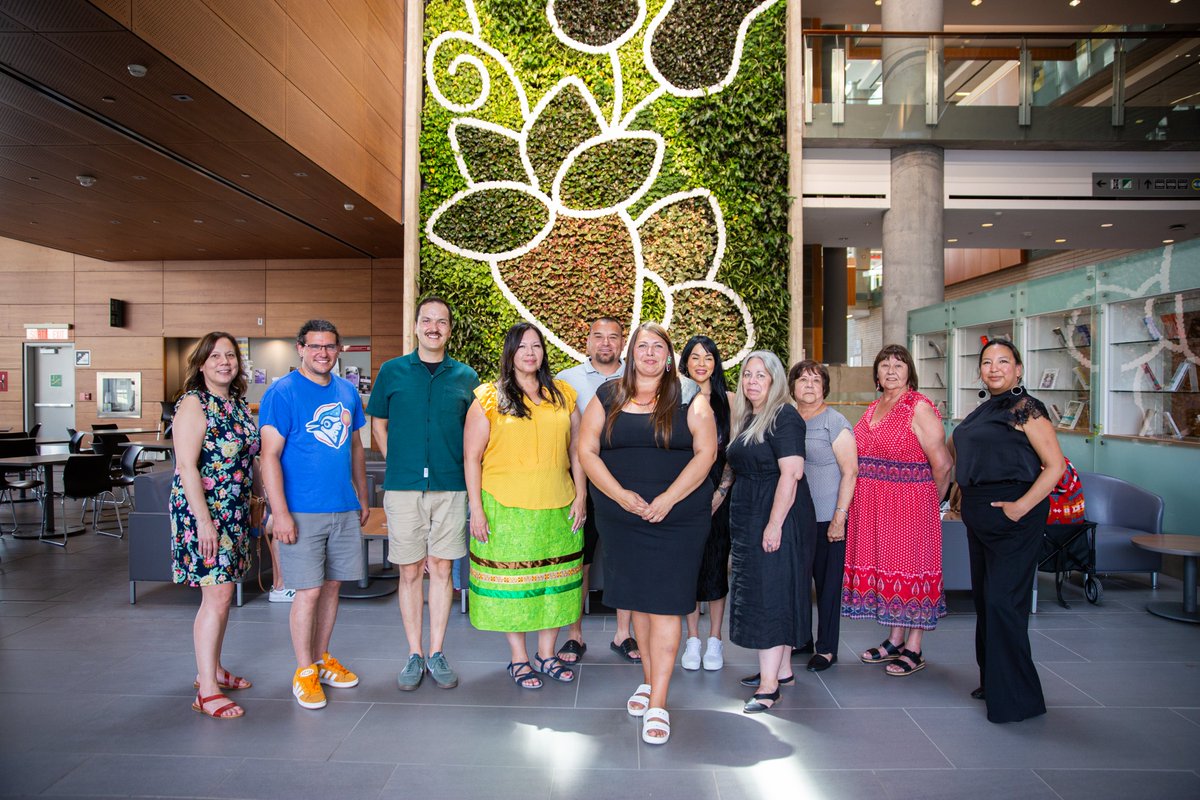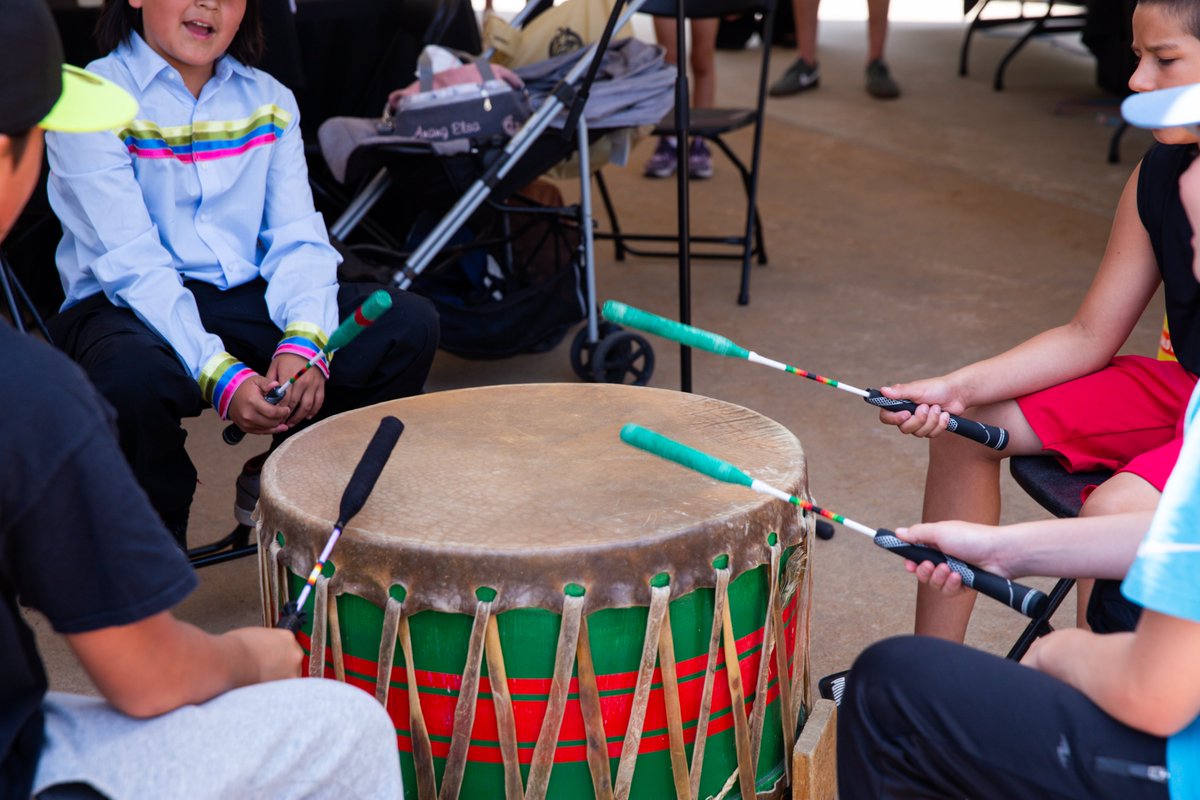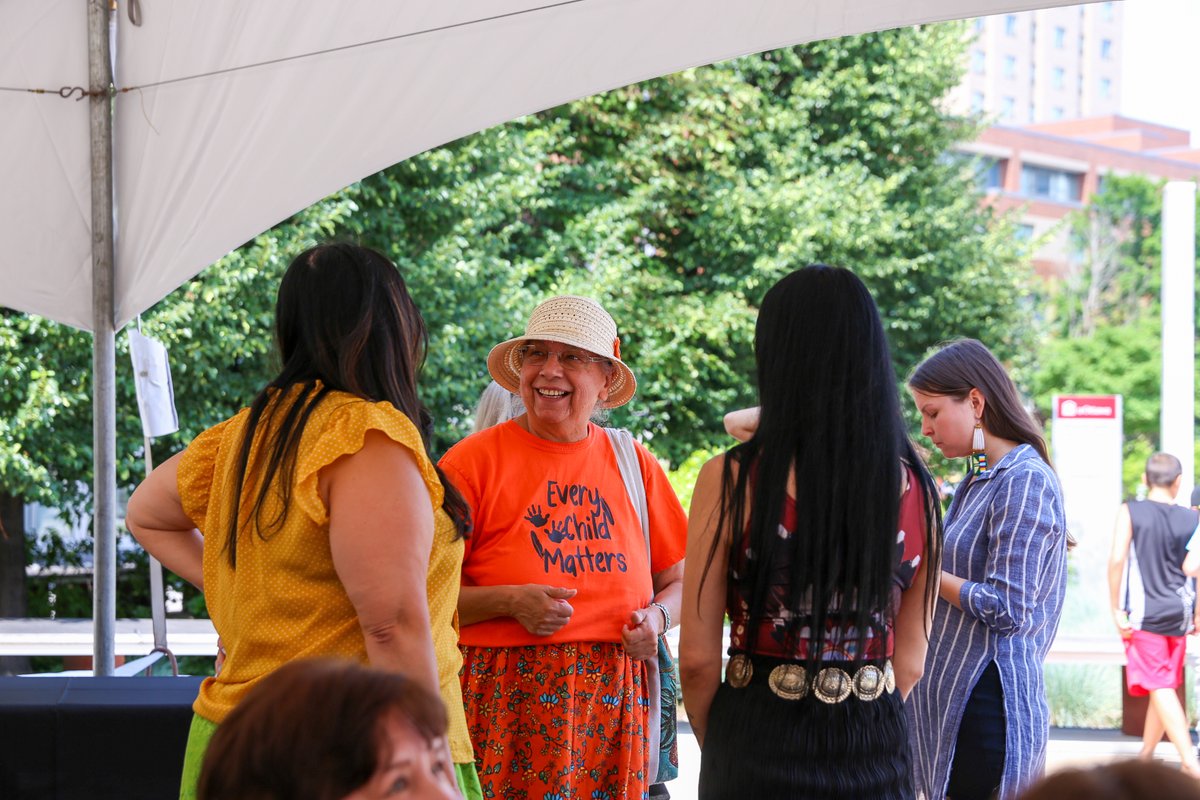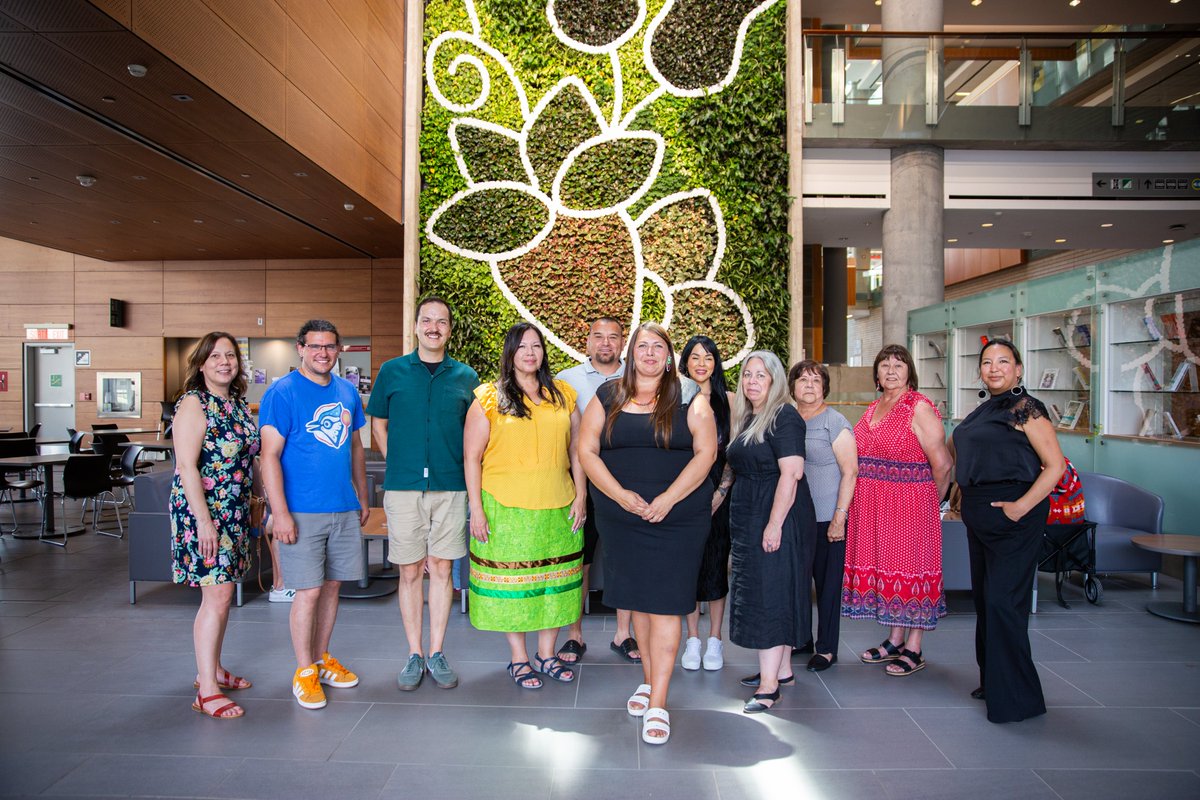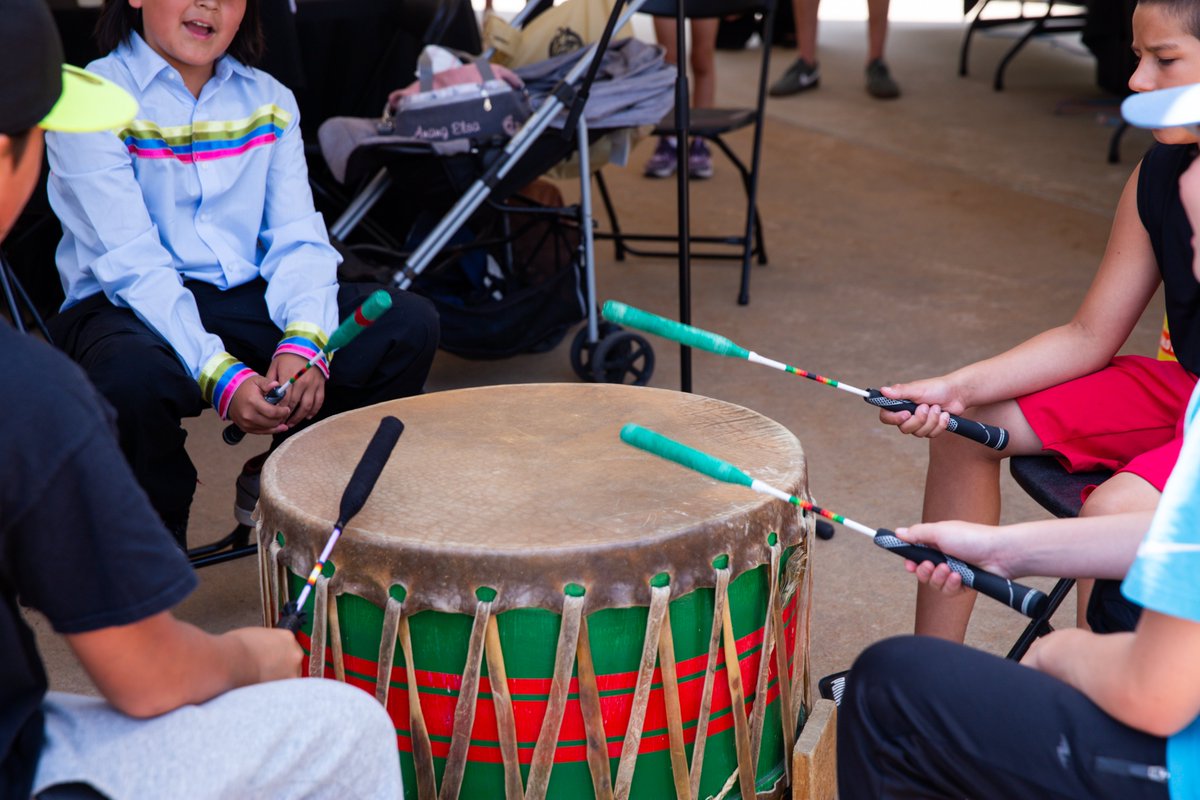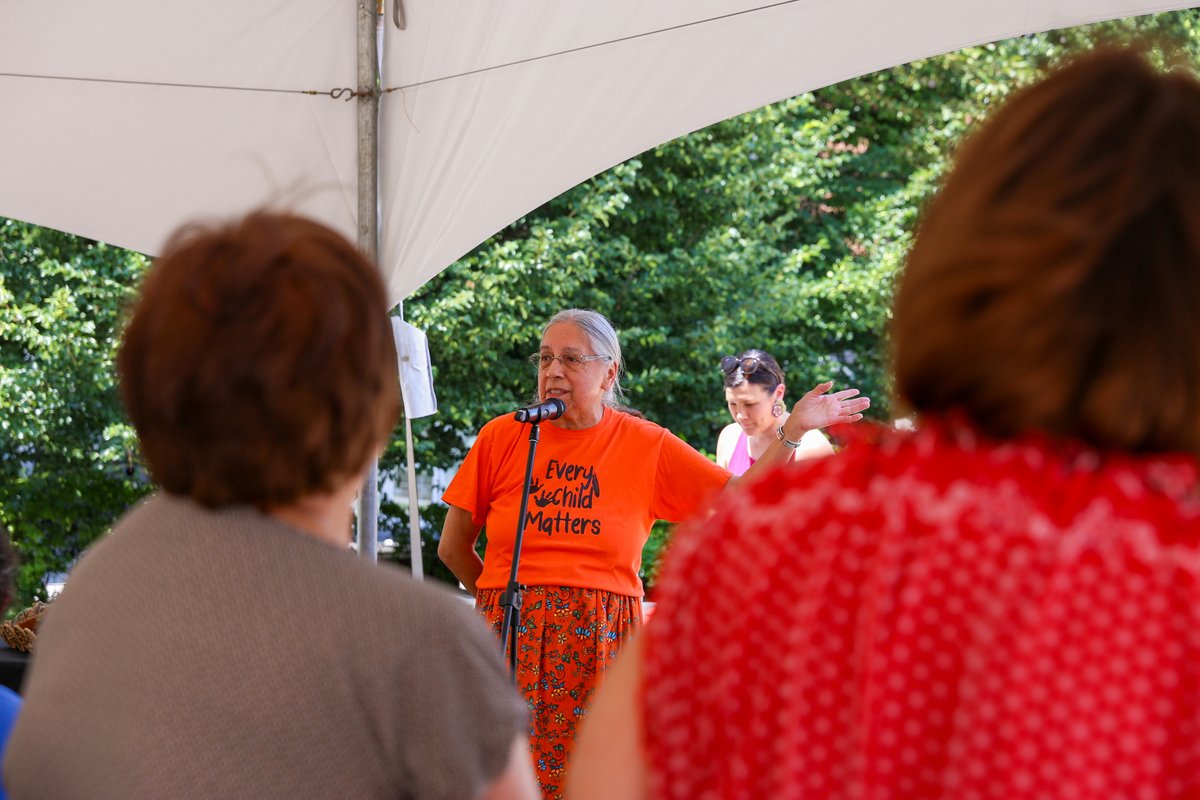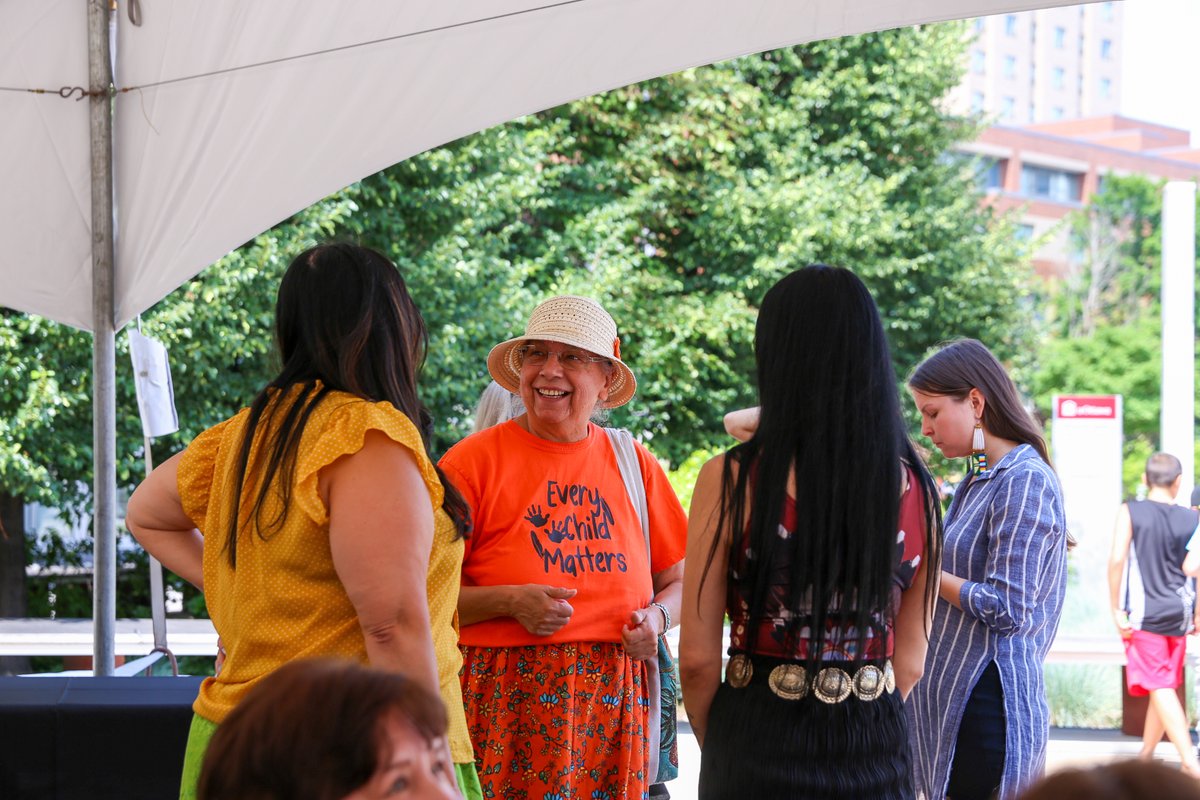
W100 Representative
Nicolas Gregoire-RacicotExecutive Director Marketing and Brand
The University of Ottawa is the largest bilingual (English-French) university in the world. Founded in 1848, the University of Ottawa is located in the heart of the capital of Canada. The university has a unique bilingual nature, which allows its students, faculty and staff to learn, work and live in English, French or both. UOttawa are committed to academic and research excellence and value cultural diversity, equity, and inclusion.
The University’s new strategic framework, Transformation 2030, boldly focuses our University community on shaping the leadership and research needed to address questions on a national and global scale.
The Latest from University of Ottawa
The major new study from Dr. Damien D’Amours’ @uOttawa lab is important since #CancerTx resistance contributes to as much as 90% of cancer-related deaths.
Overcoming resistance is among the top missions of 21st century medical research.
🧬 The lab’s findings into the…
La nouvelle étude majeure du laboratoire du Dr Damien D’Amours à @uOttawa est importante car la résistance aux traitements contre le cancer contribue à 90 % des décès liés au cancer.
Surmonter la résistance est l’une des principales missions de la recherche médicale du 21ème…
In Anishinabemowin, Kàgige means “always” and Kitigàn, “garden.” This name speaks to continuity—our relationship with the land and water, and our shared responsibility to protect it.
The name was gifted by four members of the Algonquin community of Kitigan Zibi: Joan Tenasco, Lucille Brennan, Stella Chabot and Joe Louis Morin. The wall’s design was created by artist Stephanie Tenasco, also from Kitigan Zibi.
A daily reminder of the spirit of sustainability and the respect at the heart of Indigenous knowledge.
#IndigenousKnowledge #Sustainability #AlgonquinTerritory #KitiganZibi
A name rooted in our connection to the land 🌿
Kàgige Kitigàn is the Algonquin name given to the living wall in the Social Sciences Hall.
Un nom enraciné dans notre lien avec la terre 🌿
Kàgige Kitigàn est le nom algonquin donné au mur végétal dans le pavillon des Sciences sociales.
Le nouveau nom a été donné par quatre membres de la communauté algonquine de Kitigan Zibi : Joan Tenasco, Lucille Brennan, Stella Chabot et Joe Louis Morin. Le mur a été conçu par l’artiste Stephanie Tenasco, aussi de Kitigan Zibi.
C’est un rappel quotidien des principes de durabilité et de respect qui figurent au cœur du savoir autochtone.
#SavoirAutochtone #Durabilité #TerritoireAlgonquin #KitiganZibi
Did you know your cells constantly scan your DNA for damage while making repairs?🧬 But when they miss something, that can cause cancer and rare diseases. @uOttawa’s Hossein Davarinejad, #PolanyiPrize recipient, is uncovering the hidden causes behind it.
👉http://uottawa.ca/research-innovation/news-all/cracking-code-behind-dna-repair-disease
Saviez-vous que vos cellules réparent sans cesse votre ADN?🧬 Mais quand elles ratent une anomalie, cela peut mener à des maladies graves. À l’@uOttawa, Hossein Davarinejad, récipiendaire du #PrixPolanyi, lève le voile sur l’origine de ces erreurs.
👉http://uottawa.ca/recherche-innovation/toutes-nouvelles/decoder-processus-maladie-reparation-ladn
Today, the University of Ottawa celebrates the gift of an Algonquin name, Kàgige Kitigàn, for the living wall located in the atrium of FSS. This event is organized and hosted by Asèma, which is a campus group composed of FNIM staff and faculty members.
The wall’s standout aspect is the artistry of Stephanie Tenasco, an Algonquin artist from Kitigan Zibi. The living wall enhances sustainability by saving water, reducing energy consumption and improving air quality,
but most importantly, it showcases Indigenous art and culture in a prominent location.
Aujourd’hui, l’Université d’Ottawa célèbre le nouveau nom algonquin donné au mur végétal situé dans l’atrium du pavillon des Sciences sociales : Kàgige Kitigàn. Cet événement est organisé et animé par Asèma,
un groupe de membres du personnel et du corps professoral PNIM (Premières Nations, Inuit et Metis) sur le campus. L’aspect le plus remarquable du mur est l’œuvre de Stephanie Tenasco, une artiste algonquine de Kitigan Zibi.
Ce mur végétal favorise la durabilité en générant des économies d’eau, en réduisant la consommation d’énergie et en améliorant la qualité de l’air, mais plus important encore, il met en valeur l’art et la culture autochtones à un endroit bien en vue.
In 1866, the recently renamed College of Ottawa was elevated to university status by royal charter, and in 1889, it secured a pontifical charter. In 1965, the Oblates relinquished administration of the University and it became a provincially funded secular institution.
University of Ottawa has a 97% employment rate for graduates
The University's Social Sciences Building contains a six-storey living wall with 2,000 plants from 12 different species, and 80% of the building’s heating needs are met through heat redistribution
A university open to the world
uOttawa is a diverse community that brings together thousands of international students from more than 150 countries, offering opportunities to explore new cultures and ideas every day. Students choose UOttawa to enjoy a superior quality of education and generous scholarships, while living and studying in downtown Ottawa, near many international organizations, including dozens of NGOs, embassies and consulates.
With its diverse community of 45,000 students — including 16,000 Francophones and Francophiles — and 5,000 faculty and staff, The University of Ottawa is the largest bilingual (English-French) university in the world. In 2020, the University created the Office of the Vice-President International and Francophonie (OVPIF) in order to further reinforce its position in both the francophone and global communities.
Strategic pillars:
- More agile: Succeeding in a world where change is the only constant
- More connected: Becoming leaders in our global village
- More impactful: Working together to build a better world
- More sustainable: Securing our shared future
Driving research into the future
$60M
Per year in student scholarships and bursaries
$432M
Research revenue
The University of Ottawa, together with its affiliated hospital research institutes, are acclaimed innovators. Its researchers are world leaders in photonics, vascular and cardiovascular health, brain and mental health, Francophonie, public policy and social justice. With 23 research centres and institutes cutting across faculties and disciplines, uOttawa promotes dynamic research collaboration and leverages Ottawa’s government laboratories, industry and policymakers.
Ranking among the top 10 research-intensive universities in Canada and a member of the U7 International Alliance, uOttawa generates nearly $350 million in research revenue annually and is home to 94 Canada Research Chairs and 23 research centres and institutes. Our 29 core facilities, ranging from leading-edge photonics to multidisciplinary psychology labs, and a new building dedicated to STEM enable our researchers to push the boundaries of discovery.
Become a Member
The World 100 Reputation Network is a group of the best universities in the world, delivering research that enhances reputation and offering leaders the chance to develop their own careers on a global stage. Members benefit from events and study tours, training, monthly media monitoring, and unique reputation research to provide institutional advantage.


